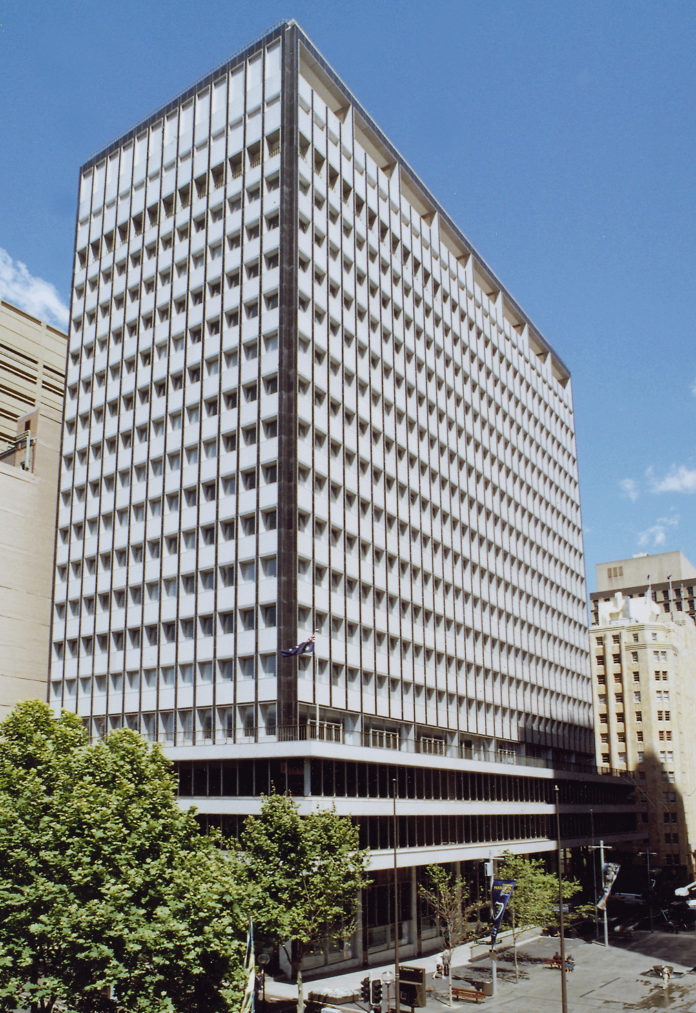The Reserve Bank of Australia (RBA) announced partnering with Commonwealth Bank of Australia (CBA), National Australia Bank (NAB), Perpetual and ConsenSys Software, a blockchain technology company, on a collaborative project to explore the potential use and implications of a wholesale form of Central Bank Digital Currency (CBDC) using Blockchain.
The new project is based on the popular Distributed Ledger Technology platform Ethereum.
The project will involve the development of a proof-of-concept (POC) for the issuance of a tokenised form of CBDC that can be used by wholesale market participants for the funding, settlement and repayment of a tokenised syndicated loan.
The POC will be used to explore the implications of ‘atomic’ delivery-versus-payment settlement on a DLT platform as well as other potential programmability and automation features of tokenised CBDC and financial assets, noted the RBA media release.
This is part of ongoing research at the Reserve Bank on wholesale Central Bank Digital Currency (CBDC).
Assistant Governor (Financial System) Michele Bullock said ‘With this project, we are aiming to explore the implications of a CBDC for efficiency, risk management and innovation in wholesale financial market transactions.
While the case for the use of a CBDC in these markets remains an open question, we are pleased to be collaborating with industry partners to explore if there is a future role for a wholesale CBDC in the Australian payments system
A Commbank executive said, “CBA has already seen distributed-ledger-technology successfully applied many times, in instances such as stable coins, supply chain and capital markets solutions, bank guarantees, programmable money and digital assets”.
CBA’s x15ventures part of this collaborative opportunity, noted the CBA media release.
The project is expected to be completed around the end of 2020 and the parties intend to publish a report on the project and its main findings during the first half of 2021.













